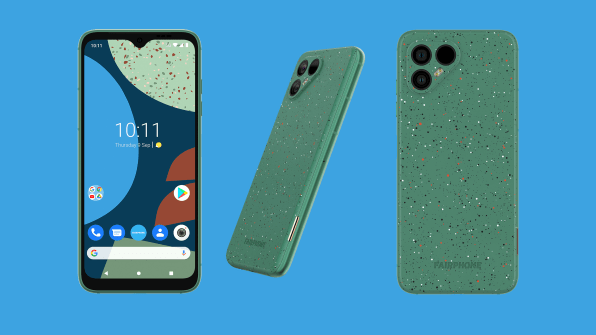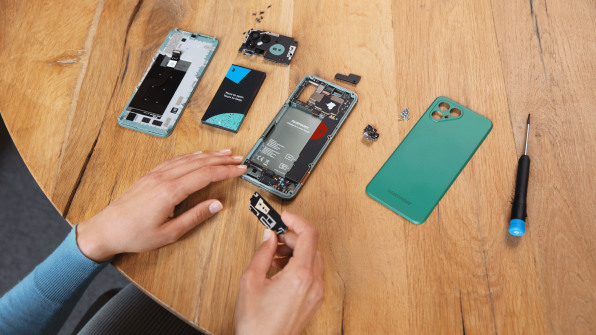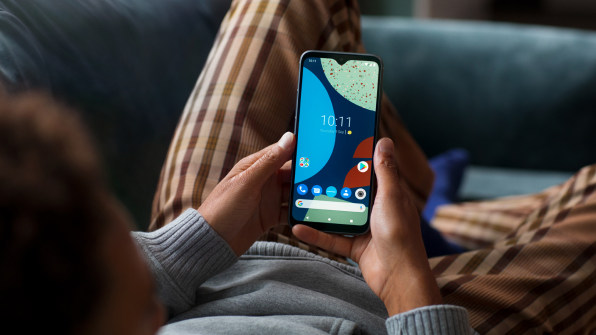The fight for a ‘right to repair’ our gadgets has been going on for a long time. This phone bakes it in.

Most smartphones are still difficult to repair—and even replacing the battery can be such a hassle that many people just decide to get a new phone when their battery dies. That’s a problem for the carbon footprint of the technology, since the components inside, like gold, tungsten, and cobalt, are energy-intensive to mine. The mines are also often fraught with social problems, from forced labor of workers to mine profits funding armed conflict.

“Thanks to the modular construction and spare parts, anyone can make repairs,” says Monique Lempers, impact innovation director at Fairphone, which worked with Above, a Swedish design firm, on the new model. The back, made out of 100% recycled plastic, pops off without any tools. Inside, components such as the battery, cameras, speakers, and USB port can be removed using a regular screwdriver. The pieces are designed to last, but if something breaks, the company offers spare parts under a five-year warranty. (The software will also continue to get updates over five years, so the phone doesn’t become obsolete.)



It’s currently working with suppliers to source fairly made silver, and working with partners to set up better labor practices for cobalt mining in the Democratic Republic of Congo. While recycled materials also need to be more widely used in new phones, Lempers says that new mining will still be necessary in the coming decades, and it’s important for the industry to find ethical models for it to continue.

The phone ships in plastic-free packaging, with a box that’s designed to be reused to send back an old phone for Fairphone’s recycling program, which recycles e-waste for every phone that the company sells.
The company wants to help push the broader electronics industry to change. “Fairphone’s mission is to set the example across our own supply chain and products, using our market demand as a catalyst for continuous improvement,” Lempers says. “This, in turn, creates a positive impact for people and the planet while engaging with the wider consumer electronics industry to scale our impact. We encourage our peers in the industry to build on what we’ve learned. We want to inspire the rest of our industry to follow our approach to fair sourcing—to examine the potential for positive impact, and to join us so that we can, together, scale up the solutions that work. “
"Smartphone" - Google News
November 03, 2021 at 05:00PM
https://ift.tt/2YcQkKP
Fairphone designed a more repairable, sustainable smartphone - Fast Company
"Smartphone" - Google News
https://ift.tt/2QXWyGT
https://ift.tt/2KSW0PQ
Bagikan Berita Ini














0 Response to "Fairphone designed a more repairable, sustainable smartphone - Fast Company"
Post a Comment